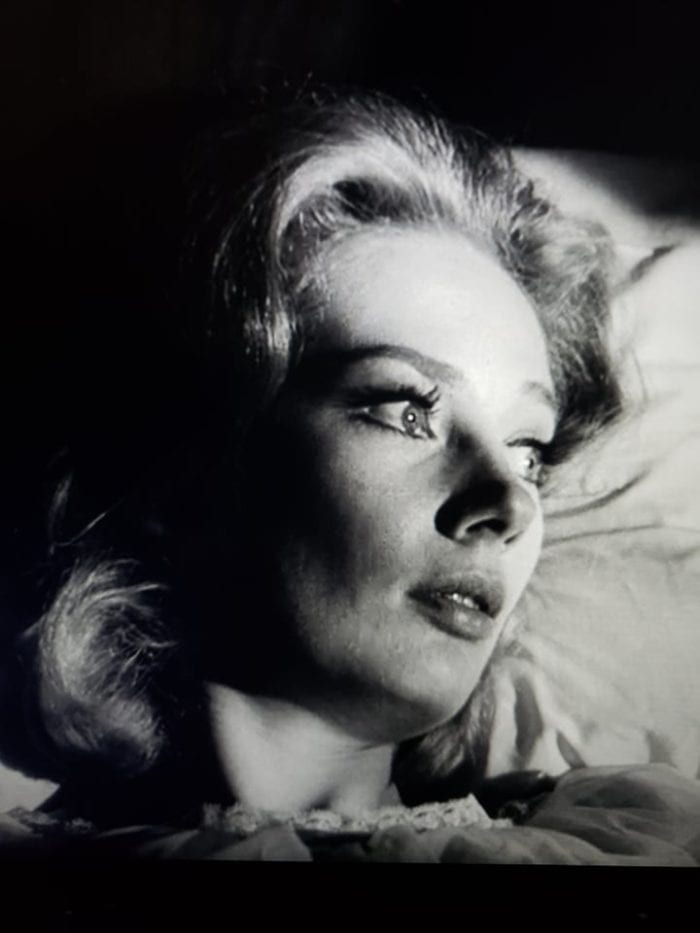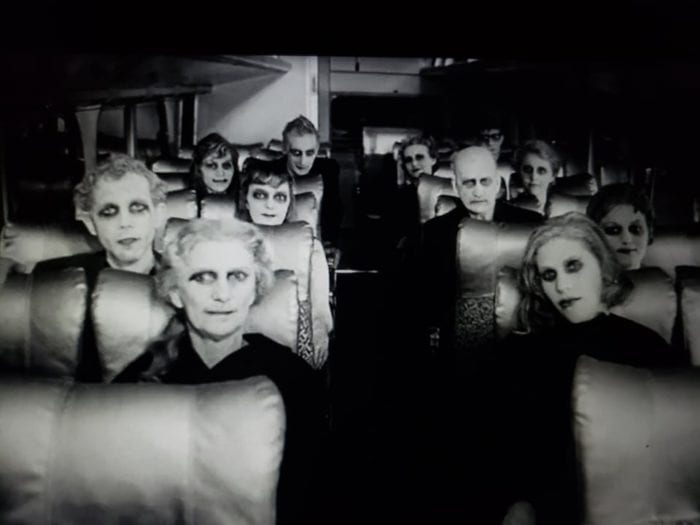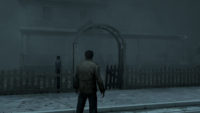Shudder recently made available the 1962 cult classic Carnival of Souls. The horror of ordinary existence is hard to capture. There’s a quality to life something as staged and orchestrated as a film finds difficult to portray. Carnival of Souls, however, manages to be both artificial and natural in the same instance, lending a dreamlike quality to one of the most existential dread driven horror films of all time. However, while it’s imperfections may appeal to certain cinephiles, or the cult crowd of midnight movie goers, it’s easy to see how it isn’t for everyone.
It’s often debated just how scary something must be for it to be horror. Yet, while an element of fear must lurk within the film, whether a movie scares the audience is, I believe, secondary. No two people are scared by the same thing, and horror fans are likely to have a higher tolerance for terror than the average movie goer. So, it stands to reason scary can’t be the end-of-all-discussion criteria. The point being, Carnival of Souls isn’t exactly a fright fest, but it does contain an increasing atmosphere of anxiety. While the audience may not be afraid, it follows a young woman steadily more terrified.

Carnival of Souls is about Mary Henry, played by Candace Hilligoss. Out for a drive with friends, Mary and her companions quickly get into a street race with some other drivers. The reckless casual competition results in the car containing Mary and her friends plummeting off a bridge. They plunge into the river below. Later, locals are trying to fish them out of the murky depths when Mary appears on shore in a daze. She possesses no idea what happened or how she survived. Surprisingly indifferent as to the fate of her friends, Mary heads off.
The rest of the film follows her as life becomes increasingly bizarre. Mostly, Mary is haunted by the sinister presence of a character known simply as The Man, played by writer/director Herk Harvey. Certain other events ensue emphasizing that something isn’t quite right. Whether reality is out of sorts or Mary is simply traumatized by events is a question for the audience to ponder. Even as the movie ends, a conclusive sense of what happened remains relatively ambiguous. Ghosts, hallucinations, madness, or the grave — all are possibilities.
It’s that ability to debate matters which will make the film a delight for some. Unfortunately, that may prove boring for others. Carnival of Souls isn’t a blood flood pouring gore out the screen. Nor is it a tension mounting nail biter leaving fingers gnawed and audiences jumpy. Not everyone wants to watch a slow burn character study about a mental breakdown, even though that’s only one way of interpreting the film. Furthermore, some may find its low budget rough edges unpleasantly grating. Still, those who make it to the end will have experienced something unique.
Carnival of Souls should be on the list of any horror aficionado. Released in 1962, it predates the dreamy surrealism found in David Lynch movies such as Eraserhead and Blue Velvet. A solid case could be made that The Man inspired, or at least influenced, the Mystery Man in Lost Highway played by Robert Blake. George Romero has admitted to being influenced by the film, a statement evidenced not only by Night of the Living Dead but his rediscovered lost feature The Amusement Park. Argentinian director Lucrecia Martel, who made La mujer sin cabeza (The Headless Woman) and Zama once said, regarding Carnival of Souls, “This is what all us filmmakers need to remember; that to make just one film like this is enough.”

There’s nothing too slick about the movie. The overdubbing for vocals is at times noticeably flawed to put it mildly. Yet, the imperfections in this low budget feature have a lightning in the bottle quality. They come across as happy accidents enhancing the unreality of events. Even the way certain actors deliver lines, while flawed, carries a strange credibility. Sometimes it lends a surreal authenticity, while other occasions come across as obviously unreal. Mary then reacts to this unreality, or at least appears discomfited by it enhancing the nightmare tone of the overall film.
Still, one shouldn’t praise these chance facets too highly. Art-horror pretensions aside, there’s a reason Carnival of Souls got the Rifftrax treatment. There’s plenty to mock in this movie, such as a point where a minister harangues Mary for playing eerie organ music. The movie can be comically bad in portions. That said, that’s the beauty of this rare gem. Depending on how it’s held, the facets sparkle unique to a viewer’s delight. Carnival of Souls can be art-horror fodder for conversations about social anxiety, death, and alienation, or it can be a sarcasm target on beer and a pizza night.
Consider the previously mentioned minister. His earnestness in the scene is simultaneously comical and unsettlingly familiar. It’s ludicrously absurd in its delivery, yet a chance to comment about the intensity of religious attitudes. In fact, Mary loses her job as a church organist because the minister finds her playing too disconcerting. Though it seems foolish, Mary’s dismissal has a disquieting ring of truth to it.
Moreover, it highlights one of the film’s undeniably best elements. Though the sound engineering for voices isn’t the best, the musical aspect is a definite strength. An eerie organ score suffuses the film. Whether it’s in Mary’s head or not, it haunts her after the car accident. Few films utilize musical assets so effectively. Besides the obvious excellence of the main theme John Carpenter composed for Halloween, there’s also the hypnotic, insanity inducing track “The Lords Theme” by John 5 and Griffin Boice in The Lords of Salem. Like those songs, Carnival of Souls inserts an earworm guaranteed to trouble every time its heard — it gnaws deeper into the brain every time it’s heard.

Watching Carnival of Souls may not be the most terrifying experience, but it is a strange film full of fear. Whether intentionally or by accident, it bottled the atmosphere of nightmares. Moments that may’ve been mundane get a haunting surreal air which perhaps inspired Lucrecia Martel to say, “It has everything that frightens me most in life.” That said, some won’t find the art-horror aspects all that appetizing. They may not see any beauty between the feature’s flaws, but there’s still a chance to enjoy it for a laugh. If nothing else, Carnival of Souls is worth a watch for anyone exploring the history of horror. It clearly influenced various filmmakers who in turn have inspired others.
Overall, this isn’t a movie I’d recommend to everyone. Aspirant cult connoisseurs looking to check off an obscure classic should catch Carnival of Souls. They’ll get to experience the cinematic equivalent of thoughts that keep someone up at night. However, the casual horror spectator in search of Friday night frights or Saturday slashers would do best to pass. This won’t satisfy gore gluttons or anyone looking for a bone chiller. Still, those hoping to explore something different would do well to visit the Carnival of Souls.
Carnival of Souls is currently available on Shudder.





Carnival of Souls was way ahead of it’s time in artistry. The cinematography is glorious and purposely filmed in black and white. I am surprised you didn’t mention the beauty of the actress and how her unique quality makes this movie. I was happy to see how many Celebs love this movie! I bought a Lana Del Rey album, Lust for Life, and the 3rd song 13 Beaches, Mary Henry’s monologue is the introduction! Candace Hilligoss brought class, elegance and intrigue to her character Mary Henry! A legendary film!